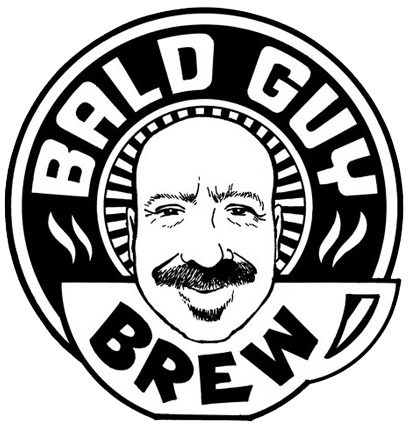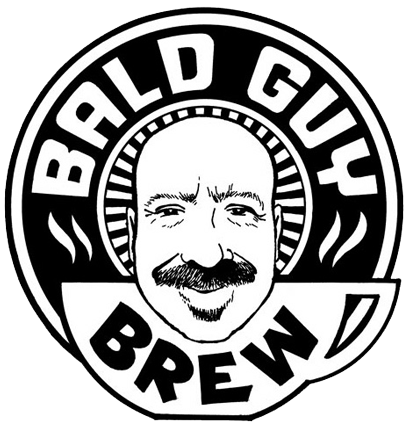Ep 1: Colombia - The Paradox of Plenty
Posted on October 31 2025,

Welcome to La Taza Habla, where in this deep-dive, we explore the precarious state of Colombian Coffee—a global icon that’s now teetering on the brink of crisis. We trace its fascinating origin story, from 18th-century "penance planting" by Jesuit priests that spurred expansion across regions like Santander, to the current model dominated by small holder farms.
You’ll discover the "Paradox of Plenty," a term that explains why the intensive, meticulous coffee picking labor—including the crucial "floating process" used to guarantee the high quality of Washed Arabica—is both necessary and unsustainable. We tackle the biggest threats to future coffee supply: how climate change and pests like Broca complicate harvests, and the stunning irony that record-high prices are discouraging the investment and replanting needed to sustain the farm.
This episode is essential listening for anyone who wants to understand why their cup of specialty Colombian coffee is more precious and fragile than ever.
5 Takeaways
-
High Prices Threaten Future Supply: Record prices are paradoxically discouraging farmers from investing in replanting and renovation, eroding the foundation for future coffee volume and setting the stage for scarcity.
-
Quality Requires Intensive Labor: The smooth, balanced taste of high-quality Colombian Coffee is guaranteed by intensive, multi-pass coffee picking and quality checks like the "floating process," which are often unsustainable for the smallholder farm model.
-
The Origin Story is Unique: Unlike other origins dominated by large estates, Colombia's production model was historically shifted by social pressure toward small holder farms, establishing its reputation for consistency and volume.
-
Climate Change is Real: Climate variability, including water stress and mucked-up harvest planning, is a significant factor contributing to the current coffee supply crisis and adding to the cost of production.
-
The Juan Valdez Icon is Only Half the Story: The iconic image of Juan Valdez represents the proud, authentic nature of Colombian producers, but it hides the intense economic and climate pressures they currently face.
3 Questions
-
Prior to this episode, what did the Juan Valdez icon mean to you? Has that perception changed?
-
Did you know about the "Paradox of Plenty?" What other industries do you see facing a similar quality vs. volume challenge?
-
What is the most memorable cup of Colombian Coffee you've ever had, and do the notes of chocolate/caramel/nuts still hold true for you?
📚 Episode Glossary
- Arabica Coffee - The most common and highest quality species of coffee plant, known for its smooth, aromatic, and complex flavor profile, dominating Colombian Coffee production.
- Broca - A highly destructive insect pest (the coffee berry borer, Hypothenemus hampei) that burrows into coffee cherries, compromising quality and yield, and contributing to the challenges faced by the farm.
- Coffee Picking - The labor-intensive harvest process. For specialty coffee, this requires multiple passes to select only perfectly ripe, red cherries, which is the source of the "Paradox of Plenty."
- Floating Process - A quality control technique where freshly harvested coffee cherries are placed in water. Defective or underdeveloped beans (which float) are separated from the denser, higher-quality beans (which sink) to ensure a premium product.
- Huila - A major coffee-producing region (Origin) in Colombia known for highly sought-after specialty coffee with distinct bright acidity and intense fruit or floral notes.
- Juan Valdez - The iconic, fictional character created by the National Federation of Coffee Growers of Colombia (FNC) to represent the authentic Colombian small holder farm producer and promote Colombian Coffee internationally.
- Paradox of Plenty - A core concept describing the irony that in high-volume, quality-focused coffee production (like Colombia’s), the high quality is directly dependent on labor-intensive, multi-pass coffee picking and quality control, which makes the product economically fragile.
- Penance Planting - The legendary (and possibly apocryphal) historical strategy used by Jesuit priests in the 18th century, where planting coffee trees was prescribed as a spiritual punishment or mandate, helping to spark the rapid expansion of coffee cultivation in Colombia.
- Santander - One of the historical Origin regions in Colombia, central to the early expansion of coffee cultivation, often linked to the initial spread from Venezuela and the "penance planting" strategy.
- Small Holder Farms - The dominant production model in Colombia, characterized by small, family-run plots of land. This model is crucial to Colombian quality but is highly vulnerable to economic pressures and climate change.
- Specialty Coffee - A segment of the highest quality coffee beans, scoring 80 points or above on a 100-point scale. It requires meticulous standards throughout the entire bean to cup process, from farm to preparation.
- Washed Arabica - The processing method common in Colombia where the fruit (pulp) is removed from the coffee seed (bean) shortly after harvest, using fermentation and water before drying. This method typically results in a clean, bright, and consistent cup profile.

